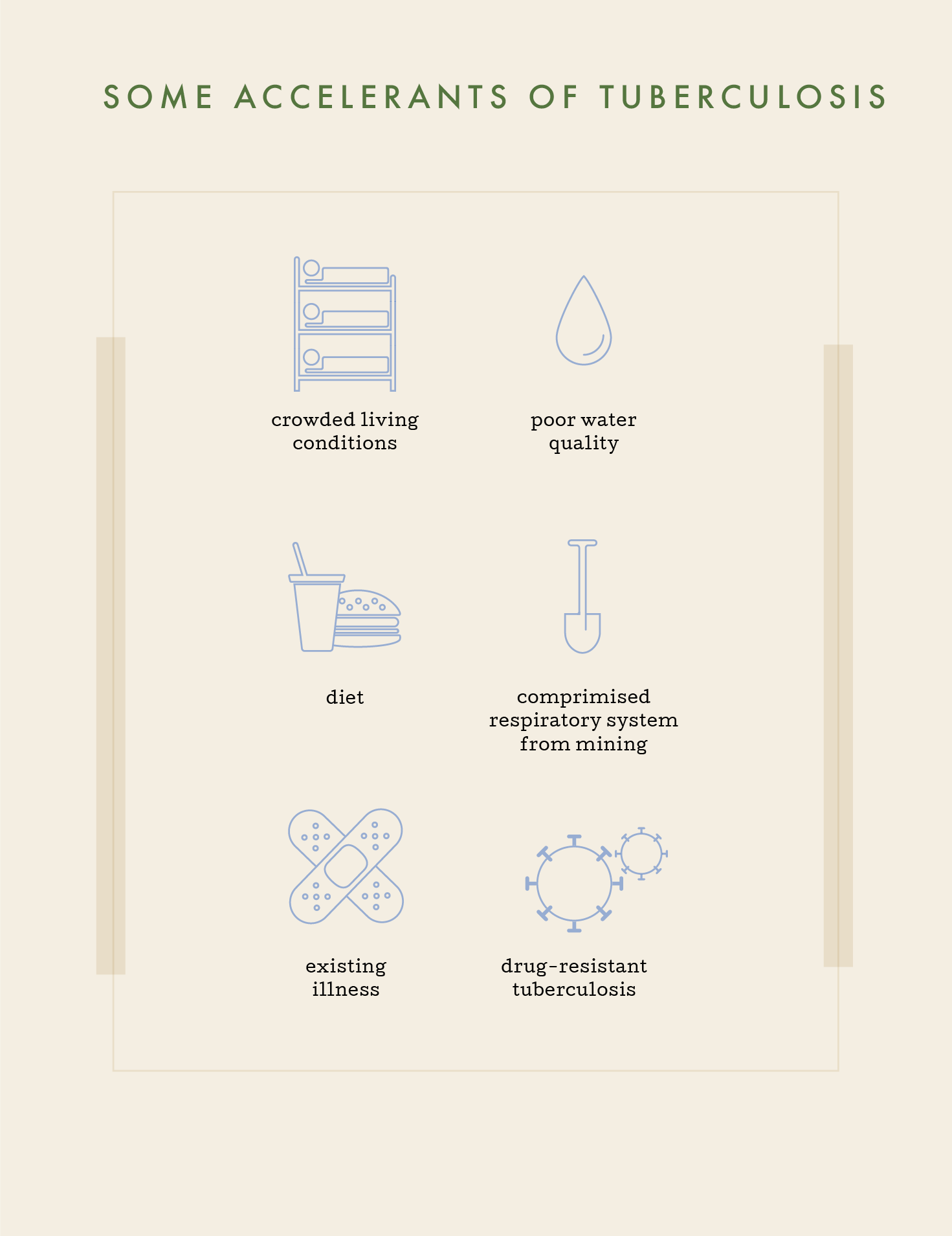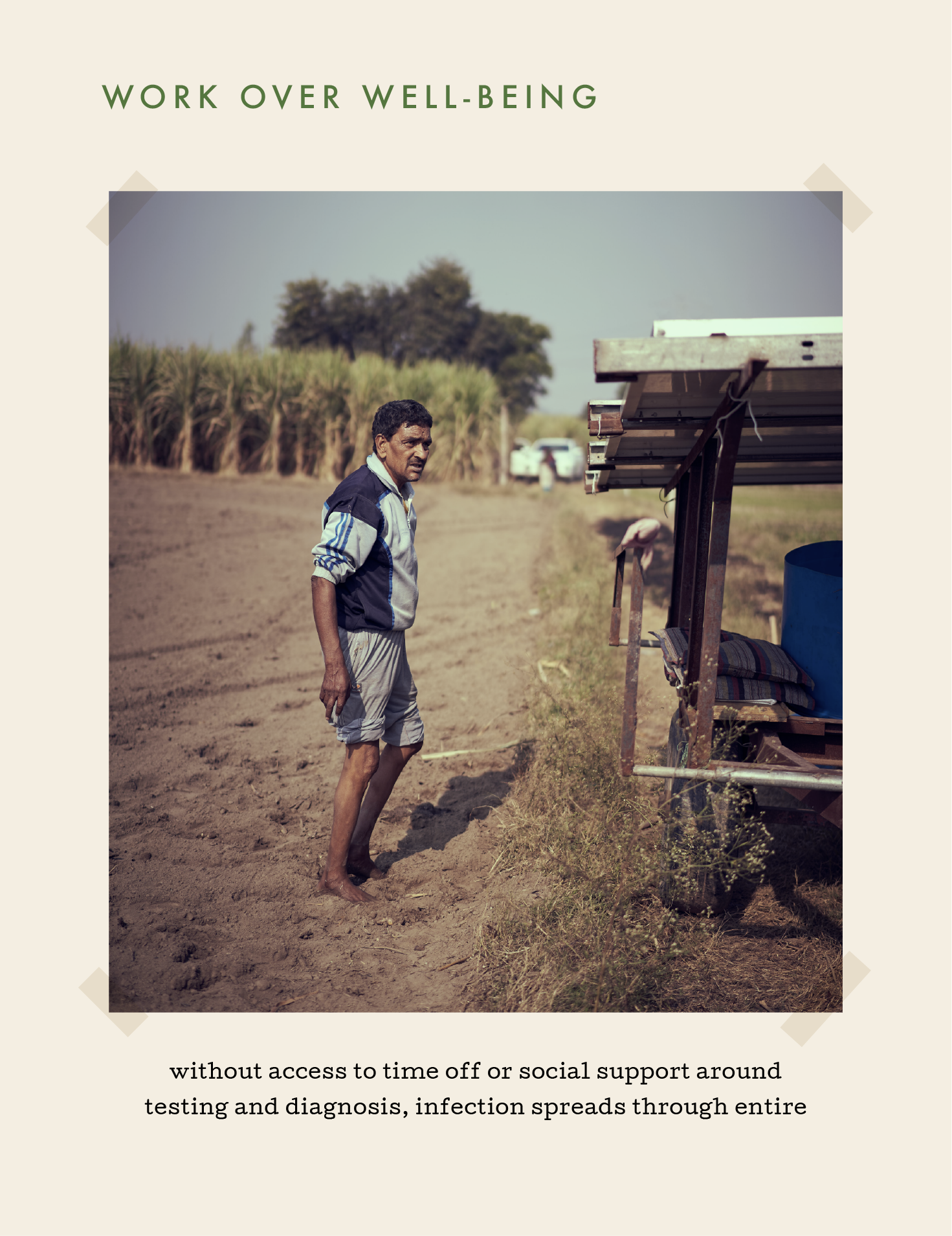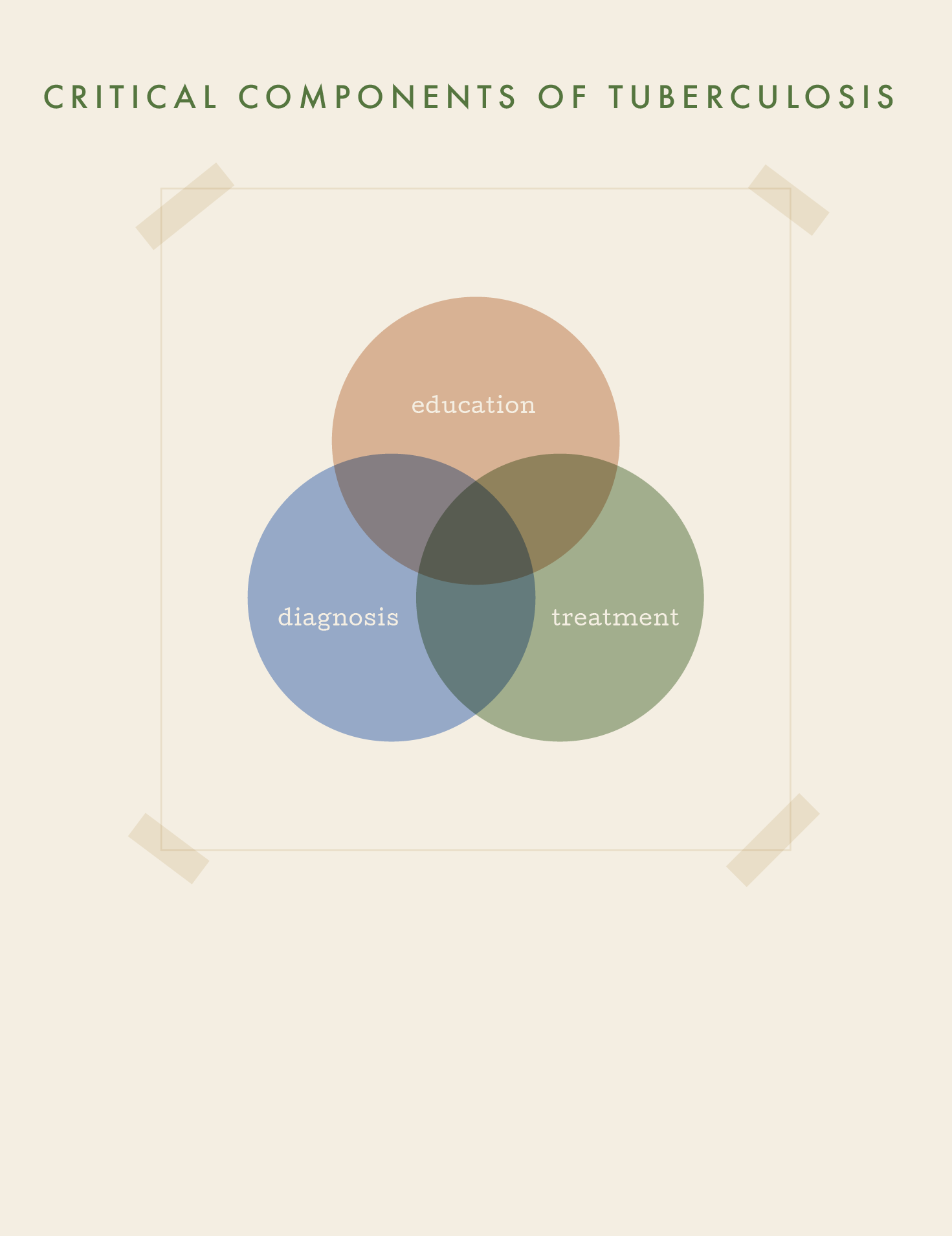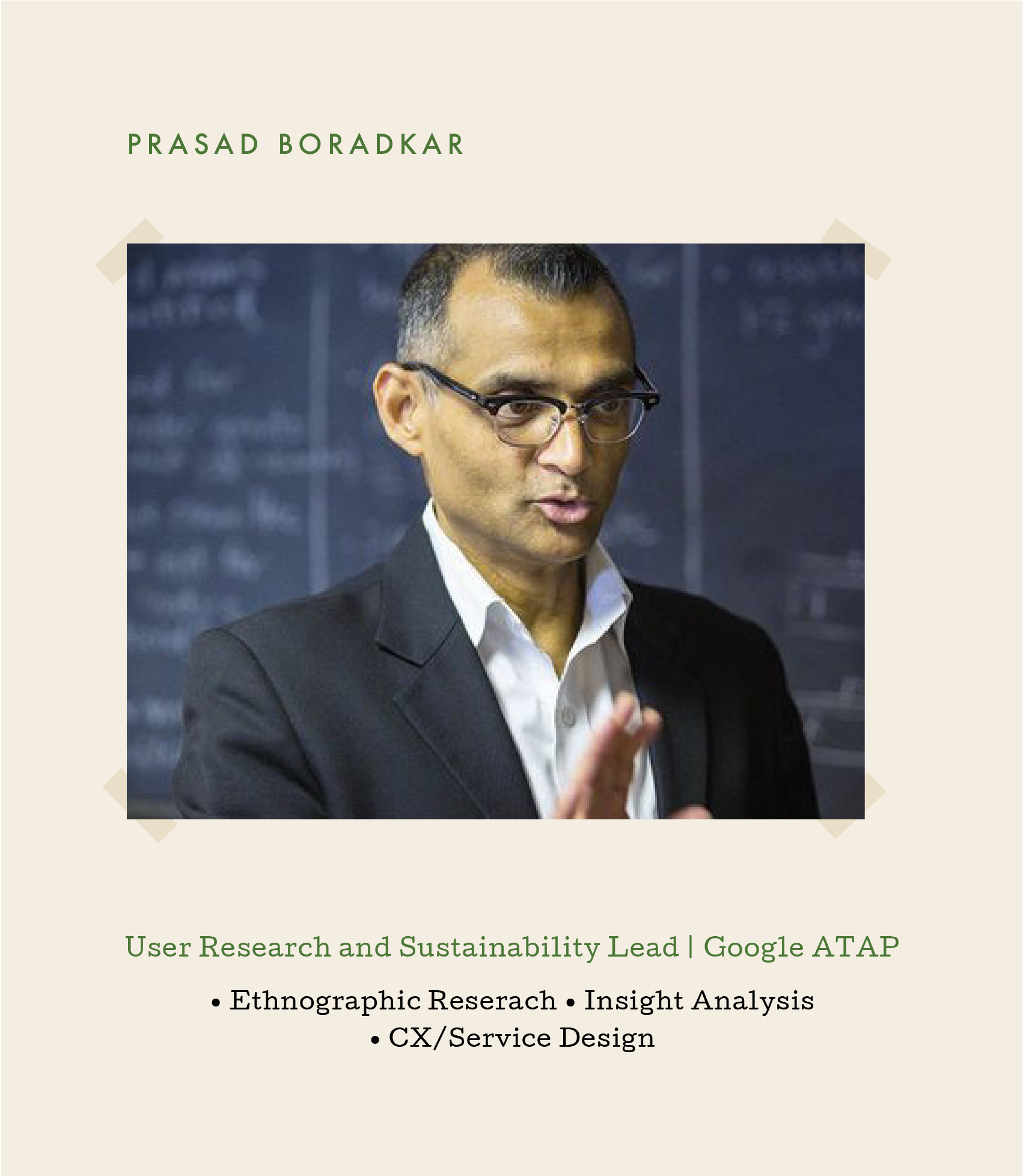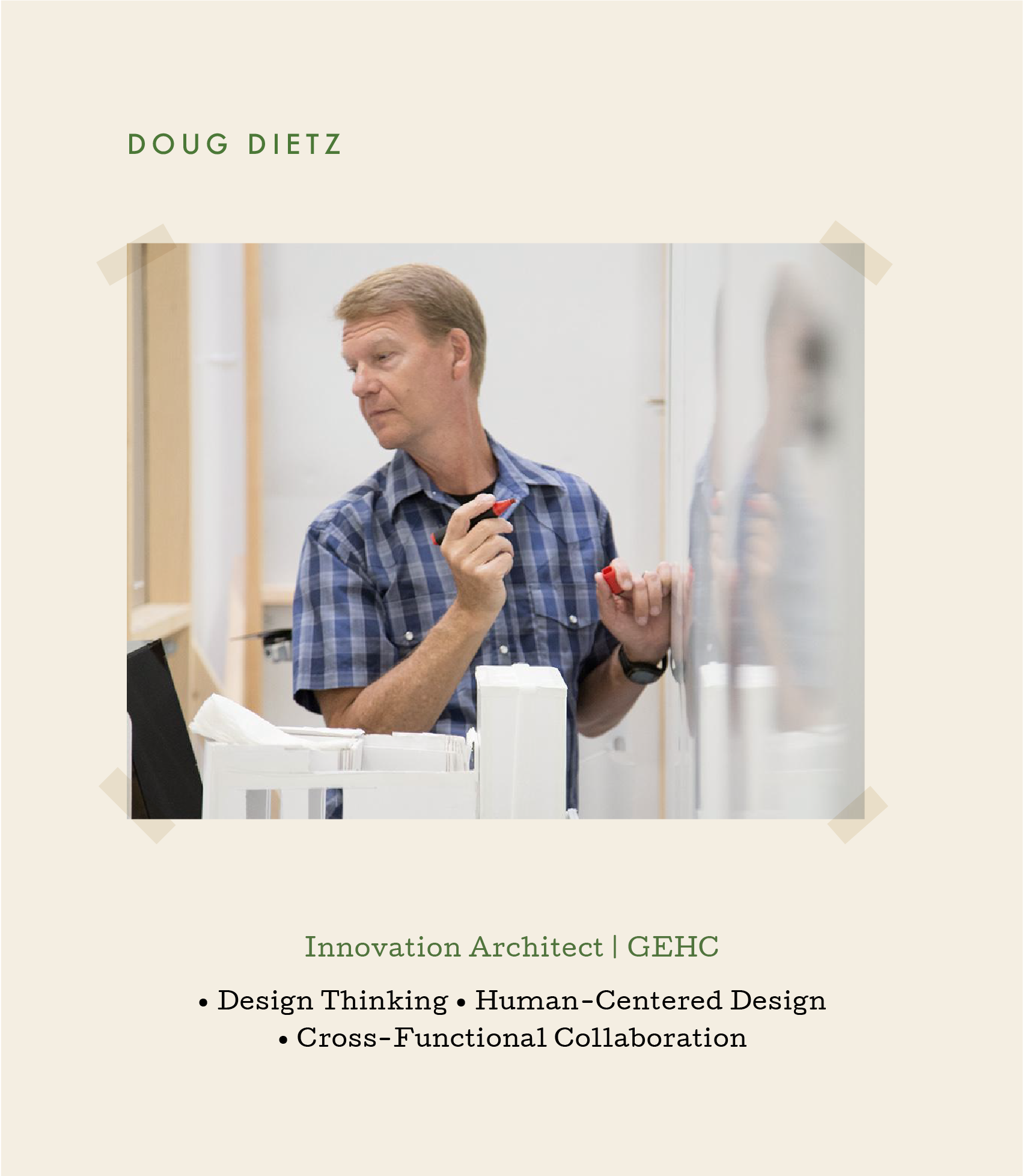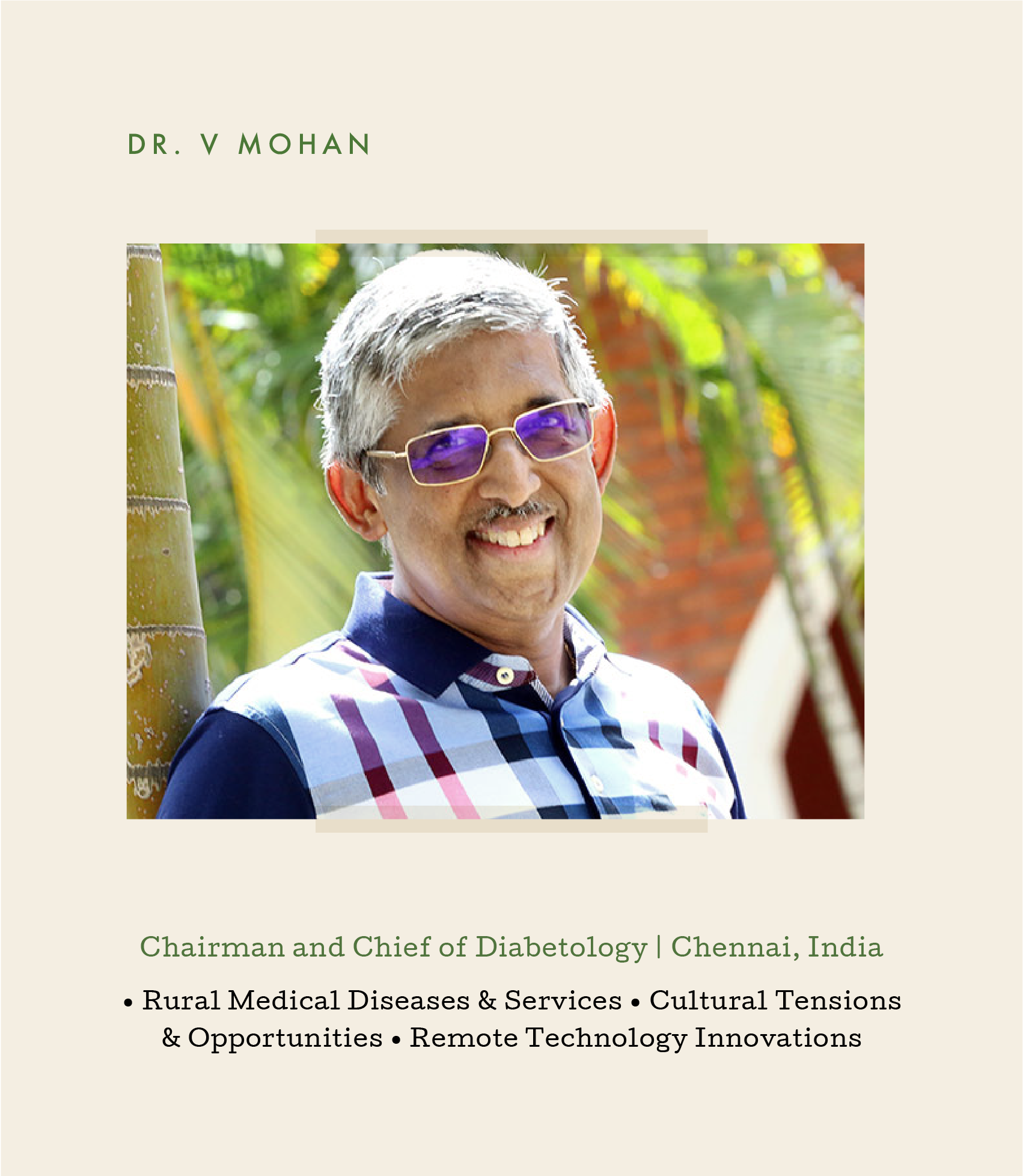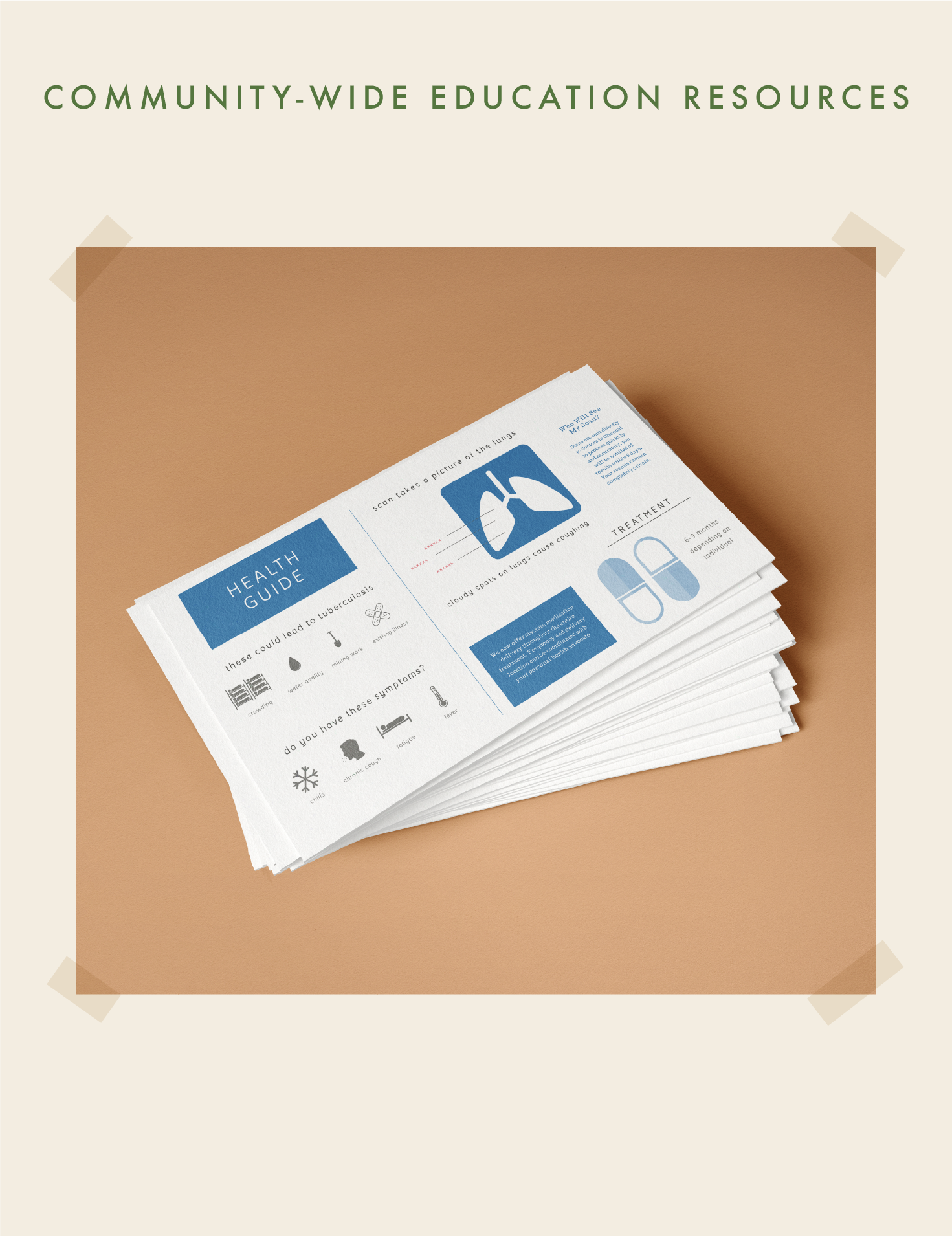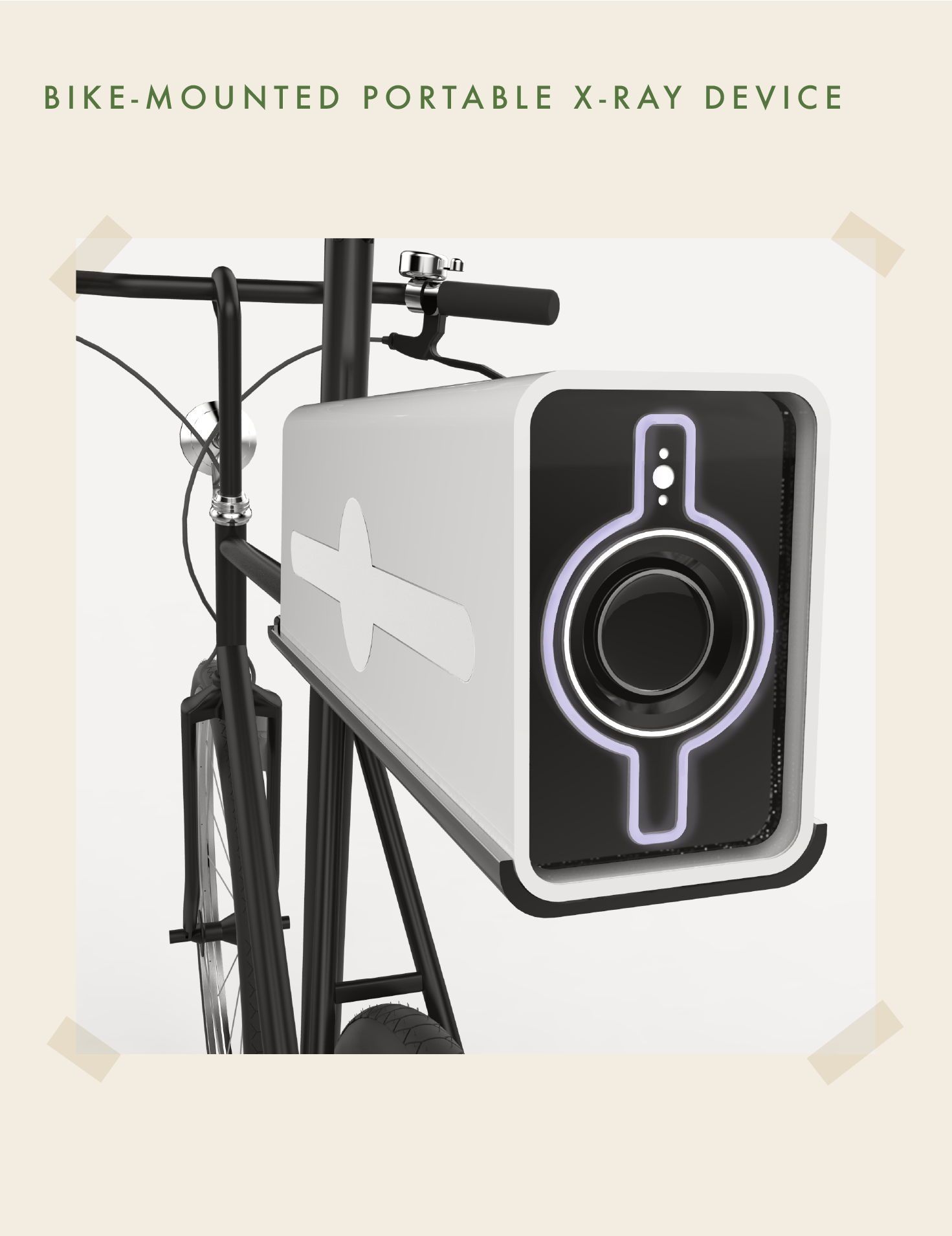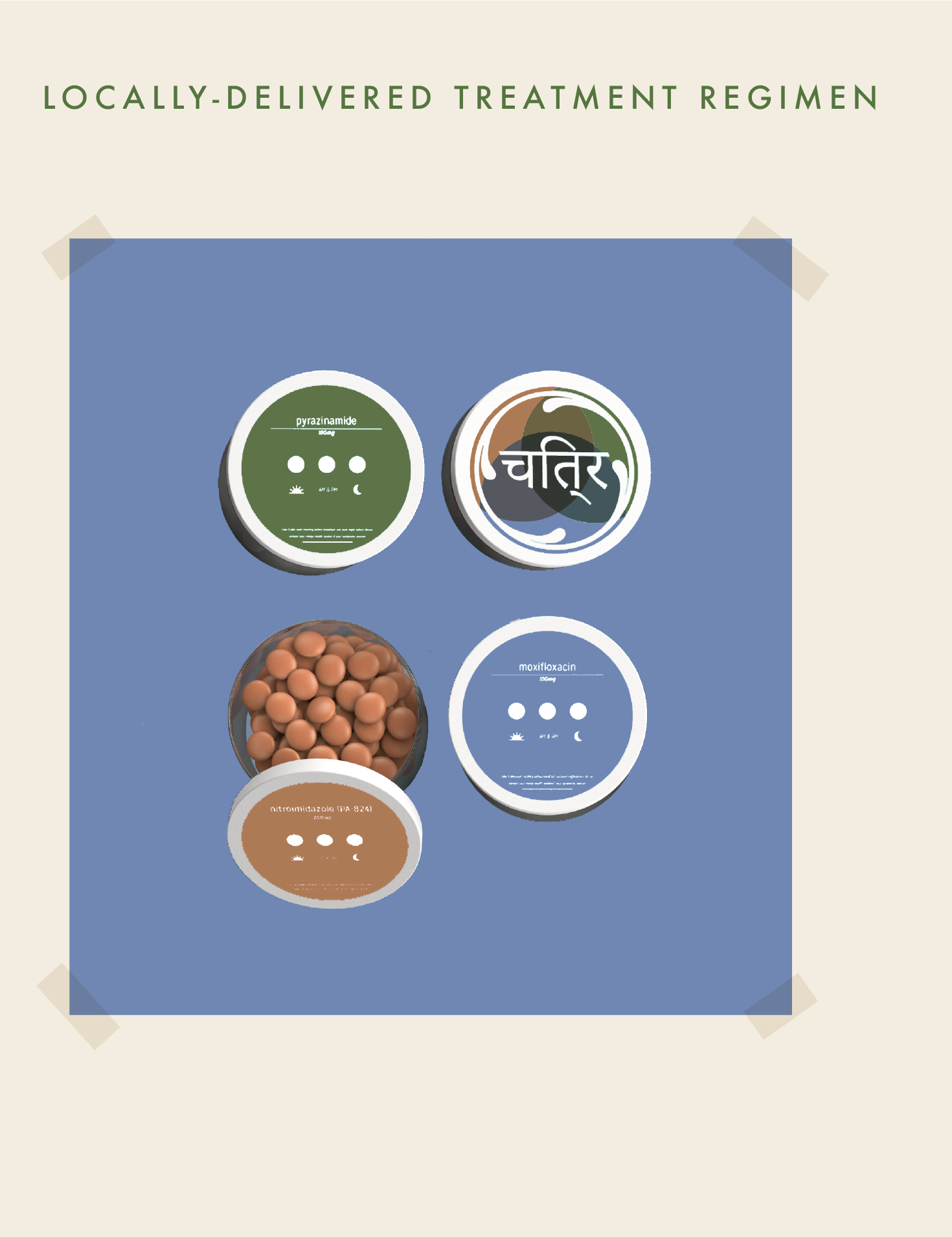01
Context
HEALTHCARE IN EMERGING MARKETS
Access to healthcare is vital for every human being. The challenge- and need- often becomes greater when accessibility means bringing technology to remote corners of the earth. Often that means companies sacrifice features and design to provide “value” or even “super-value” products to small, remote, and/or poor communities. These stripped down offerings are usually as uninspiring in their development as they are for providers and patients in the field. But when good technology means solving health crisis for marginalized communities, “value” must be re-defined.
02
Problem
“HEALTHY IS WEALTHY” AND OTHER SOCIAL STIGMAS
Contagious diseases like tuberculosis (TB) can ravage families and communities without proper education, diagnosis, and treatment. For many communities in emerging markets, all three components of disease management are threatened by misinformation and social stigmas. In order for technology like diagnostic x-rays to succeed in stopping the spread of diseases like TB, the social and cultural barriers have to be addressed. And all members of a community must feel involved and supported in whatever role they play in the existence of a disease like TB in their community.
03
Research
MEETING MENTORS
Experts were vital in developing the deep empathy needed for a culturally-embedded solution. These mentors provided guidance within the spheres of Healthcare, Indian culture and infrastructure, Design Thinking, Service Design, Sustainability, Innovation Strategy. Research conducted with their support led to an understanding of life in rural India never-before addressed within the business. These experts also served as qualifiers of the holistic ecosystem designed to solve the three critical components of the tuberculosis epidemic within rural Indian communities: education, diagnosis, and treatment.
Human-Centered Design Process
04
System Solution
HUMAN-CENTERED ECOSYSTEM
In order to create a safe healthcare experience for TB patients in rural villages, an end-to-end solution was designed to engage all members of the community. Using the local government leadership, Gram Panchayat, to spearhead education campaigns is a shortcut to eliminating the stigma of infection. Training local youth as health advocates and portable x-ray technicians creates new jobs that rival those drawing young people to big cities. Leveraging advancements in technology and telemedicine allows the community to own as much of the ecosystem as possible with urban doctors simply diagnosing and prescribing treatment digitally. Opening communication and trust within the community increases the likelihood of treatment compliance and reduces initial and eventual drug-resistant infection over time.
End-To-End Local Advocates
05
Impact
REFRAMING VALUE FOR BUSINESS
Serving as a new model for innovation across the GE Healthcare Design organization and every Business Modality, “super-value” projects now look for deeper meaning and impact in their development. Connections made with cultural experts have opened communication within global GE innovation initiatives to research, test, and qualify solutions for more empathetic human-centered experiences.





